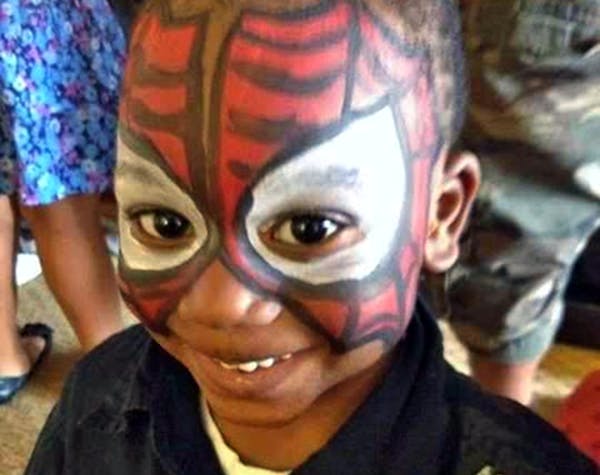In a sweeping reversal of current practice, Minnesota child protection workers can now review previous child abuse reports when considering how to respond to a new one.
Minnesota was likely the only state in the country that barred intake workers from reviewing past cases. That changed Tuesday, when Gov. Mark Dayton signed the first significant child protection reform into law. The law, which also establishes a child's safety as the goal of child protection, takes effect Wednesday.
"The practice was to require workers to look the other way when there was a pattern of abuse," said Rich Gehrman, director of Safe Passage for Children, a child protection watchdog group.
"Now, they're required to take that into account."
Minnesota's history of prohibiting the review of child protection history began in 2012, when a legislative auditor report criticized counties for their inconsistent methods for handling child abuse reports, and advised the Department of Human Services (DHS) to put a consistent policy in place. The department responded by telling counties in September of that year they could not use any prior child protection history when getting a new report about a child.
That same year, counties rejected 71 percent of maltreatment reports, among the highest rates in the country.
Last year, at the urging of DHS, the Legislature passed a bill forbidding counties from using any rejected reports, also called screen-outs. Erin Sullivan Sutton, then assistant commissioner of child and family services for DHS, said the law codified what had already been common practice.
But the Star Tribune reported last year that children could be the subject of multiple reports of abuse and neglect without getting a response from child protection. Lawmakers distanced themselves from the screen-out law, saying that they did not know what they were voting for. In November, Sullivan Sutton was reassigned to another position and her replacement, Jim Koppel, reversed course.
Past affects course of action
In February, the DHS issued a bulletin to counties saying its prior instructions to ignore past reports was "obsolete." That language was replaced with a recommendation to review prior family investigations and assessments when evaluating a new report.
"Past behaviors and past interactions with child protection are always important to know, and need to be used in consideration in what's the appropriate next step on new reports," Koppel said last week.
Human Services Commissioner Lucinda Jesson said Tuesday that the "DHS will expedite instructions to county and tribal child protection workers on how to implement the changes and begin considering all past reports of child abuse."
In a statement Tuesday, Dayton said the "policy changes implemented at the state and county levels, and the new law I signed today are important first steps in our efforts to better protect children from abuse and neglect. Our next steps will be guided by the more substantial set of recommendations that will be issued by the Child Protection Task Force later this month."
With the law and policy change likely meaning more abuse reports will be investigated, the governor said Tuesday he wants an additional $50 million to be given to those agencies. That money is expected to be used to address staffing and training recommendations that have been made by the task force, which Dayton formed last year as a response to the Star Tribune's reporting.
The number of abuse reports made in Minnesota have continued to increase, from 53,910 in 2009 to nearly 74,000 last year, according to DHS data. That data show that the rate of rejected reports went down for the first time in at least eight years. However, because of the high number of reports, there were still a record 50,000 cases rejected by child protection agencies.
Brandon Stahl • 612-673-4626
